Father Bernard de St. Valery Mother Matilda | Name Maud Braose | |
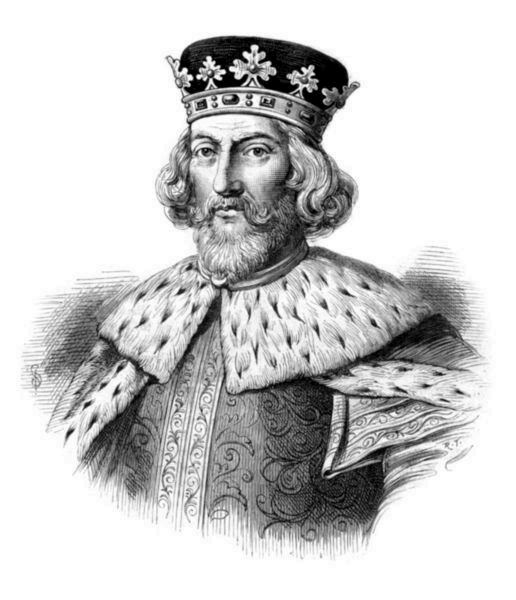 | ||
Children Reginald de Braose, Margaret de Braose, Lady of Trim Great grandchildren Maud de Braose, Baroness Mortimer People also search for | ||
Maud de Braose, Lady of Bramber (c. 1155 – 1210) was an English noble, the spouse of William de Braose, 4th Lord of Bramber, a powerful Marcher baron and court favourite of King John of England. She would later incur the wrath and enmity of the King who caused her to be starved to death in the dungeon of Corfe Castle along with her eldest son.
Contents
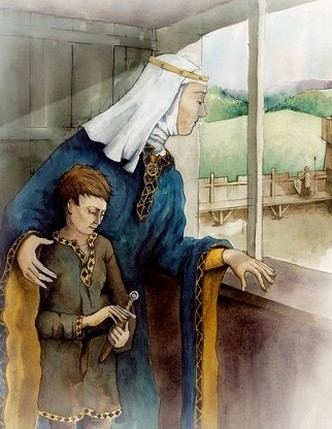
She features in many Welsh myths and legends; and is also known to history as Matilda de Braose, Moll Wallbee, and Lady of La Haie.
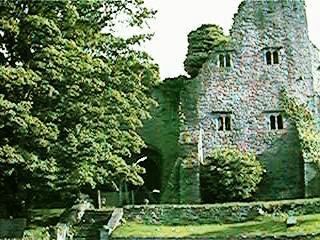
Family and marriage
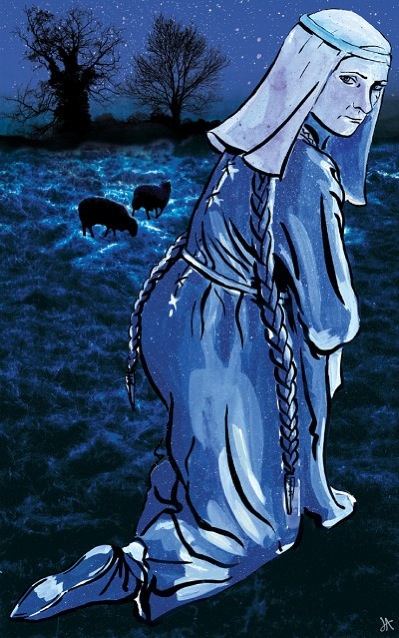
She was born Maud de St. Valery (Maud de Saint-Valéry) in France in about 1155, the child of Bernard de St. Valéry of Hinton Waldrist in Berkshire (now Oxfordshire) and his first wife, Matilda. Her paternal grandfather was Reginald de St. Valéry (died c.1162).
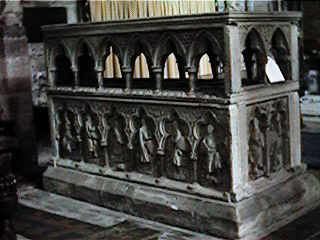
She had many siblings and half-siblings, including Thomas de St. Valéry (died 1219), who was a son of Bernard by his second wife Eleanor de Domnart. Thomas married Adele de Ponthieu, by whom he had a daughter, Annora, who in her turn married Robert III, Count of Dreux, by whom she had issue. Thomas fought on the French side, at the Battle of Bouvines on 27 July 1214.
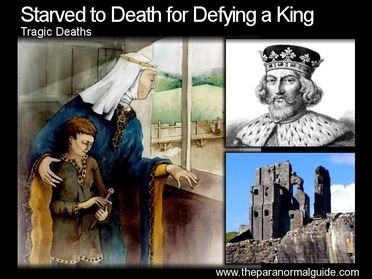
Sometime around 1166, Maud married William de Braose, 4th Lord of Bramber, son of William de Braose, 3rd Lord of Bramber and Bertha of Hereford de Pitres. He also held the lordships of Gower, Hay, Brecon, Radnor, Builth, Abergavenny, Kington, Painscastle, Skenfrith, Grosmont, White Castle and Briouze in Normandy. When King John of England ascended the throne in 1199, Braose became a court favourite and was also awarded the lordship of Limerick, Ireland. Maud had a marriage portion, Tetbury from her father's estate.
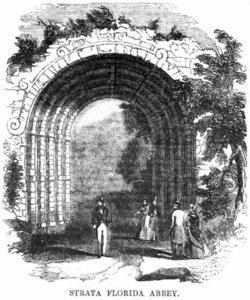
Maud supported her husband's military ambitions and he put her in charge of Hay Castle and surrounding territory. She is often referred to in history as the Lady of Hay. In 1198, Maud defended Painscastle in Elfael against a massive Welsh attack led by Gwenwynwyn, Prince of Powys. She successfully held off Gwenwynwyn's forces for three weeks until English reinforcements arrived. Over three thousand Welsh were killed. Painscastle was known as Matilda's Castle by the locals.
Maud and William are reputed to have had 16 children. The best documented of these are listed below.
Issue
Enmity of King John
In 1208, William de Braose quarrelled with his friend and patron King John. The reason is not known but it is alleged that Maud made indiscreet comments regarding the murder of King John's nephew Arthur of Brittany. There was also a large sum of money (five thousand marks) de Braose owed the King. Whatever the reason, John demanded Maud's son William be sent to him as a hostage for her husband's loyalty. Maud refused, and stated loudly within earshot of the King's officers that "she would not deliver her children to a king who had murdered his own nephew." The King quickly led troops to the Welsh border and seized all of the castles that belonged to William de Braose. Maud and her eldest son William fled to Ireland, where they found refuge at Trim Castle with the de Lacys, the family of her daughter Margaret. In 1210, King John sent an expedition to Ireland. Maud and her son escaped but were apprehended in Galloway by Donnchadh, Earl of Carrick. After being briefly held at Carrickfergus Castle, they were dispatched to England.
Imprisonment at Corfe Castle
Maud and her son William were first imprisoned at Windsor Castle, but were shortly afterwards transferred to Corfe Castle in Dorset where they were placed inside the dungeon. Maud and William both starved to death. Her husband died a year later in exile in France where he had gone disguised as a beggar to escape King John's wrath after the latter had declared him an outlaw, following his alliance with Llywelyn the Great, whom he had assisted in open rebellion against the King, an act which John regarded as treason. He was buried in the Abbey of St. Victor, Paris.
Maud's daughter Margaret de Lacy founded a religious house, the Hospital of St. John, in Aconbury, Herefordshire in her memory. On 10 October 1216, eight days before his death, King John conceded three carucates of land in the royal forest of Aconbury to Margaret for the construction of the religious house. He sent the instructions to her husband Walter de Lacy, who held the post of Sheriff of Hereford, by letters patent.
Maud de Braose features in many Welsh folklore myths and legends. There is one legend which says that Maud built the castle of Hay-on-Wye single handed in one night, carrying the stones in her apron. She was also said to have been extremely tall and often donned armour while leading troops into battle.
The legend about her building Hay Castle probably derives from the time she added the gateway arch to a tower which was built in the 1180s.
In contemporary records, she was described as beautiful, very wise, doughty, and vigorous. She kept up the war against the Welsh and conquered much from them.
The manner in which Maud and her son William met their deaths so outraged the English nobility that Magna Carta, which King John was forced to sign in 1215, contains clause 39; it reads:
No man shall be taken, imprisoned, outlawed, banished or in any way destroyed, nor will we proceed against or prosecute him, except by the lawful judgement of his peers or by the law of the land.
In fiction
A book entitled Lady of Hay was written by author Barbara Erskine. It is a highly fictional account of Maud's life simultaneously set in the past and in 20th century England where she was fictitiously reincarnated as a modern Englishwoman.
Maud occurs as a character in a book by Elizabeth Davies called "The Spirit Guild" about a woman who becomes one of her ladies. There is much about Maud in this story, from the battle at Painscastle to her imprisonment.
Maud is also mentioned in the novel Here Be Dragons by Sharon Penman, and in the novels To Defy A King and The Scarlet Lion by Elizabeth Chadwick, and in Jean Plaidy's novel The Prince of Darkness about King John.
In Pamela Kaufman's The Prince of Poison, the story of Maud's imprisonment is retold.
